How to Fix Bad Image Error 0xc0000006 on Windows 10/11?
When you try to open built-in Windows apps or the Start menu, you might suddenly see a “Bad Image 0xc0000006” error. This can stop you from using important features or programs. This error means that Windows tried to open a file (like a DLL or an app) but found that it’s damaged or doesn’t work properly.
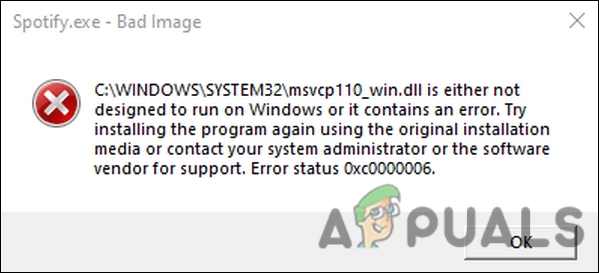
Usually, this happens because some system files are missing or corrupted. Other possible reasons include a recent bad update, a program that didn’t install correctly, or problems with your computer’s hard drive.
In this article, we will discuss different ways to solve this error.
1. Uninstall Recent Updates
Microsoft regularly releases updates that include bug fixes and new features. While it’s important to keep Windows up to date, sometimes an update might introduce bugs or conflicts that lead to errors like this.
If you started seeing the error code 0xc0000006 after installing an update, removing that update is a good first step.
- Type Windows Settings in your taskbar’s search field and click Open.
- In the Settings window, select Windows Update from the left menu.
- Click on Update history on the right side.
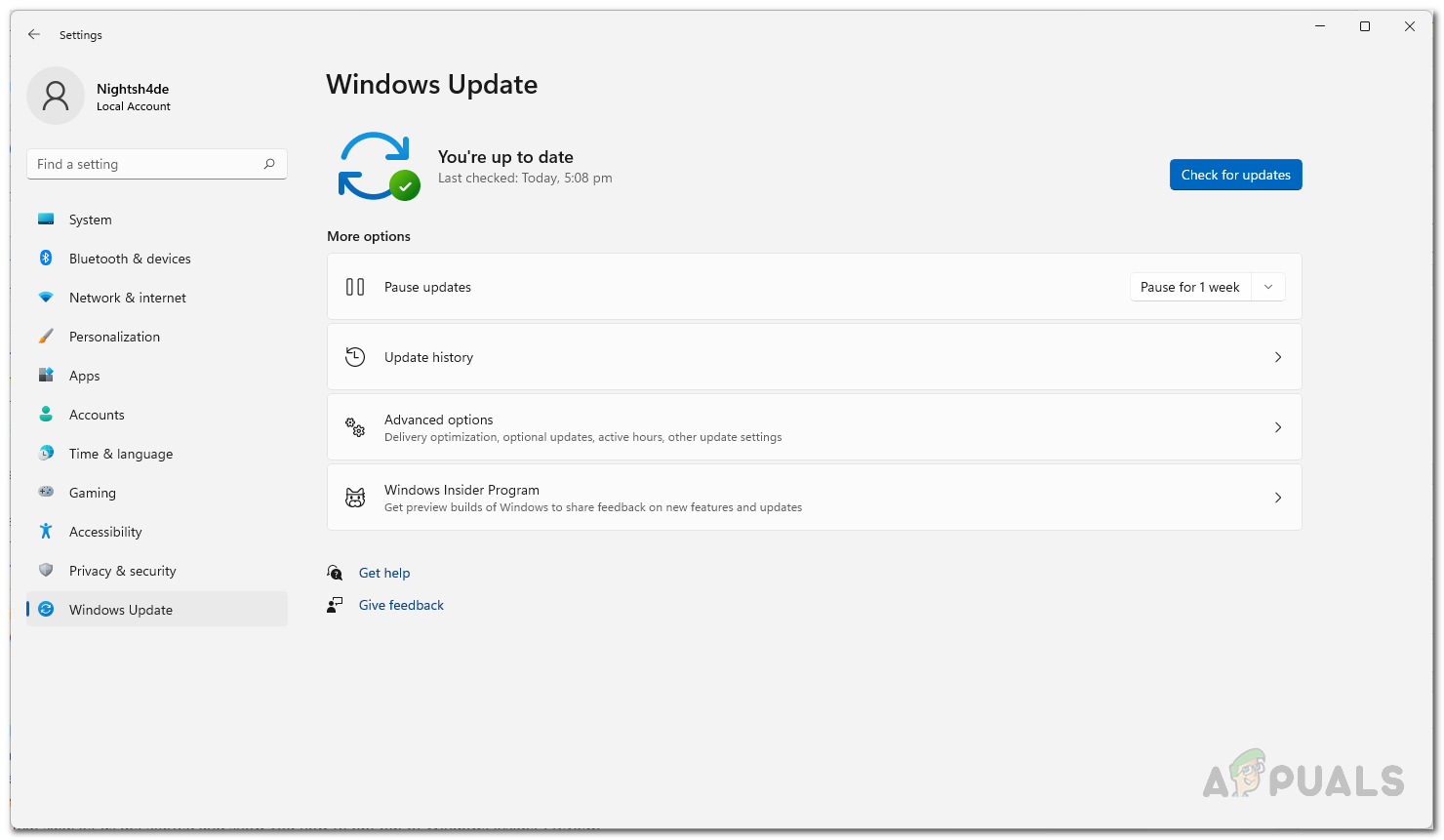
- Scroll down and click Uninstall Updates. This opens a window listing all recently installed updates.
- Find the latest update or the one you think is causing the problem, right-click it, and select Uninstall.
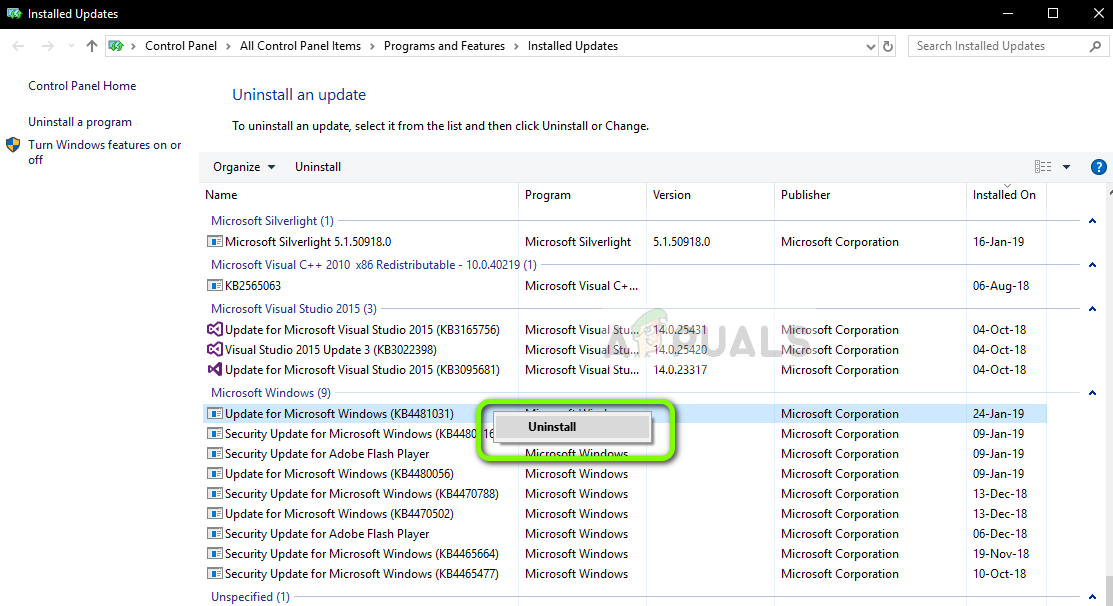
Uninstalling Microsoft Updates - After uninstalling, check if the issue is resolved.
2. Run DISM and SFC Scans
As mentioned earlier, system corruption or minor bugs can also cause the 0xc0000006 error to appear. To fix this, it’s best to scan your operating system for errors and let Windows fix them automatically.
Fortunately, Windows comes with built-in tools for this. The two most useful ones are System File Checker (SFC) and Deployment Image Servicing and Management (DISM).
These tools will scan your system files and automatically replace any corrupted or missing files. Many users found that running both utilities fixed the error. We recommend running both the SFC scan and the DISM scan using Command Prompt.
3. Re-register or Replace the .dll File
When the error message appears, it usually names a specific .dll file that Windows says can’t run properly. If the issue is caused by a faulty .dll file, re-registering it might solve the problem.
Here’s what you need to do:
- Type cmd in your taskbar’s search box and click Run as administrator to open Command Prompt.
- In Command Prompt, type the command below and press Enter. Make sure to replace
<dllFileName>with the name of the problematic file.
regsvr32 "C:\WINDOWS\SYSTEM32\<dllFileName>"
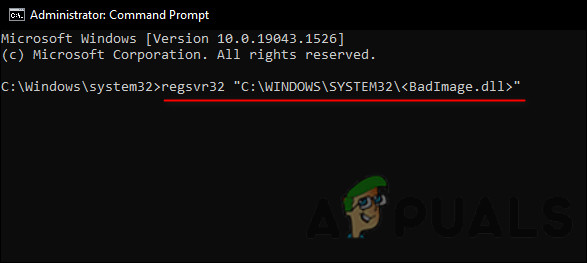
- If several .dll files are corrupt and you want to re-register all of them in the current directory, run this command instead:
for %1 in (*.dll) do regsvr32 /s %1
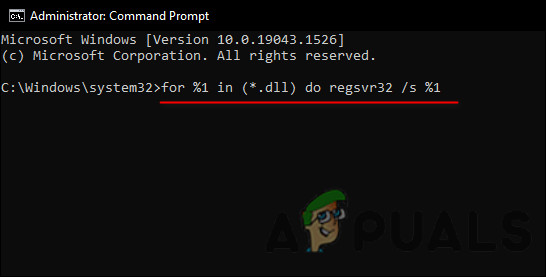
- When the command finishes, close Command Prompt and restart your computer. After rebooting, try the action that previously caused the 0xc0000006 error to see if it’s resolved.
4. Run the Program Install and Uninstall Troubleshooter
If the error is related to installing or uninstalling a specific program, Windows offers a built-in troubleshooter that can help. The Program Install and Uninstall Troubleshooter can detect and repair problems that prevent software from installing or removing properly.
- Go to the official Microsoft troubleshooting page and download the tool.
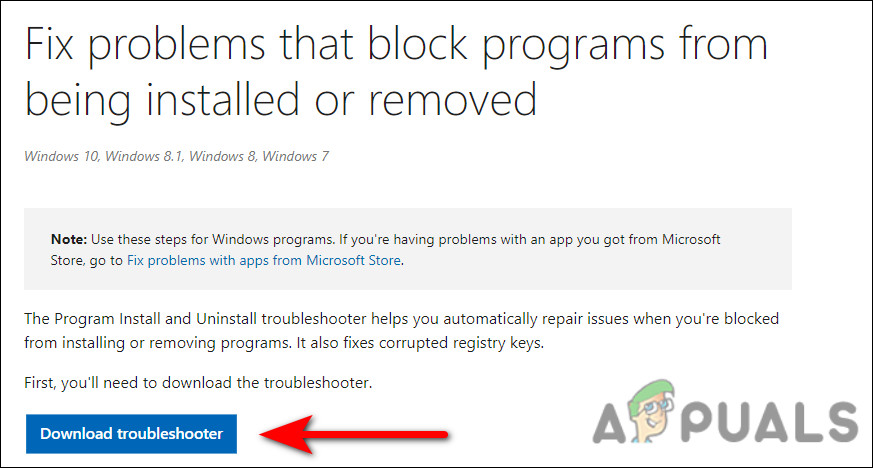
Click on the download button - After downloading, open and install the troubleshooter, then launch it.
- Click Next in the first dialog.
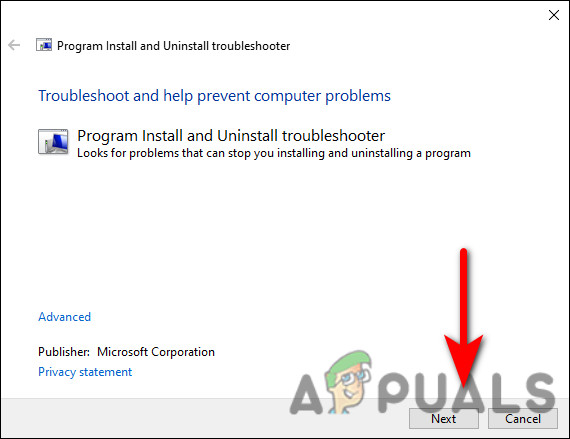
Click Next - A scan will start automatically. Once it’s done, the tool will ask if you’re having trouble installing or uninstalling a program. Select Installing.
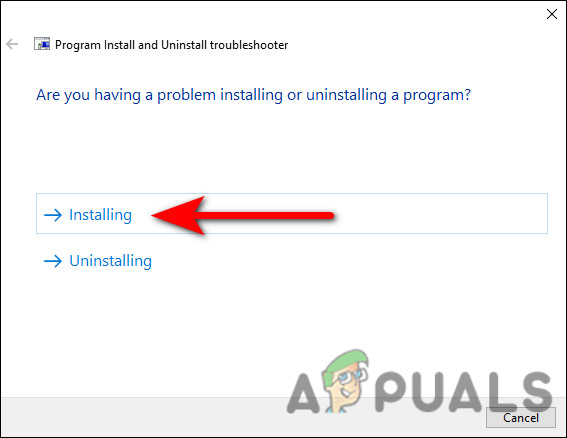
Choose Installing - Another scan will begin. Once complete, select the program you’re having trouble with from the list and click Next.
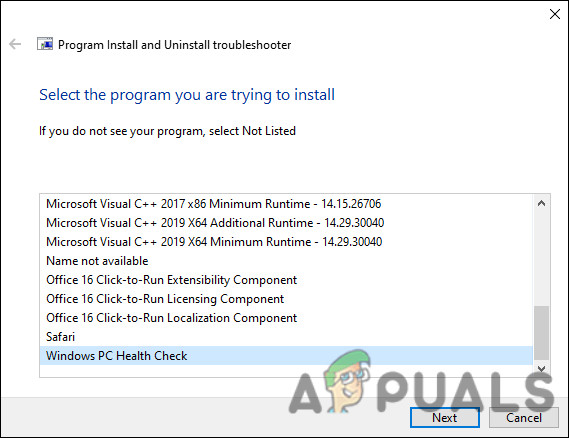
Choose a program from the list - Click Yes, try install and allow the troubleshooter to fix the problem.
- When finished, close the troubleshooter and try to install or run your program again to see if the issue is fixed.
5. Reinstall the Program
Sometimes the application itself may be corrupted or might not have been installed properly. If that’s the case, uninstalling and then reinstalling the program should clear up the problem.
If an issue inside the application was causing the bad image error 0xc0000006, reinstalling should solve it.
Here’s how you can do this:
- Type Control Panel into your taskbar search and click Open.
- In the Control Panel, click Uninstall a program.
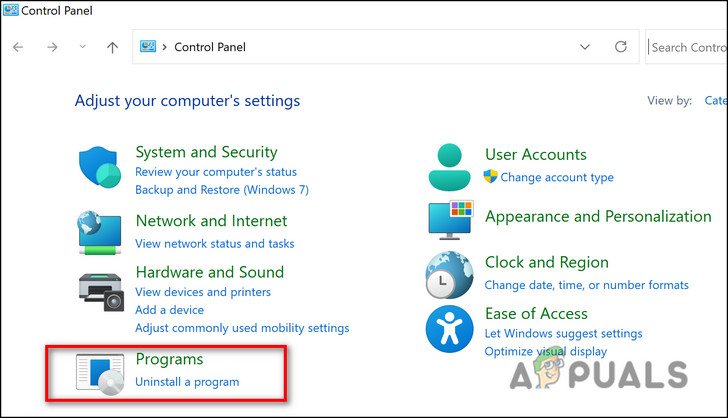
- Find the problematic program, right-click on it, and choose Uninstall.
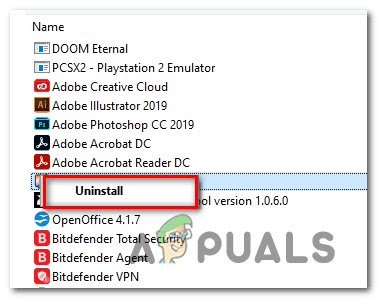
Uninstall AV program - Once the program is uninstalled, reinstall it and see if the error is resolved.
6. Use System Restore
System Restore allows you to undo certain changes to Windows by restoring your system files and settings to an earlier point in time. This includes rolling back drivers, registry keys, system files, and even installed programs.
- Type rstrui in your taskbar’s search box and click Open.
- In the System Restore window, click Next.
- Select a restore point (look for one from a time before the error appeared), and click Next. If you don’t see any restore points, you can skip this step.
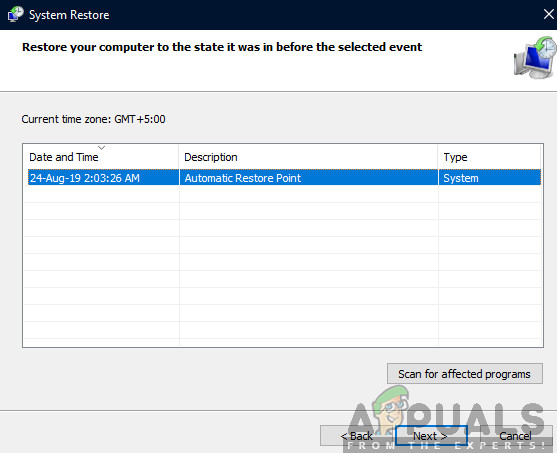
Selecting Restore Point - Click Finish and then Yes if you’re prompted to confirm.
- After your system restores, it will restart. Hopefully, the error code 0xc0000006 will be gone.
7. Reset This PC
If none of the steps above fix the problem, you may need to reset your PC.
Resetting your PC will restore Windows to its original, error-free state, which should resolve the error. You can choose to keep your personal files and data during the reset if you wish.




